Experimental Study on 25 Gbps C-Band PON over up to 25 km SMF Using a 10G-Class DML + APD IM-DD System
Abstract
:1. Introduction
2. Experimental Setup
3. Experimental Results
3.1. Measured E/O Response of the 10G-Class DML
3.2. Frequency Fiber Channel Response Analysis
3.3. System Performance
4. Discussion and Conclusions
Author Contributions
Funding
Institutional Review Board Statement
Informed Consent Statement
Data Availability Statement
Acknowledgments
Conflicts of Interest
References
- IEEE. IEEE Standard for Ethernet Amendment 9: Physical Layer Specifications and Management Parameters for 25 Gb/s and 50 Gb/s Passive Optical Networks. In IEEE Std 802.3ca-2020; IEEE: Piscataway, NJ, USA, 2020; pp. 1–267. [Google Scholar]
- Zhang, D.; Liu, D.; Wu, X.; Nesset, D. Progress of ITU-T higher speed passive optical network (50G-PON) standardization. J. Opt. Commun. Netw. 2020, 12, D99–D108. [Google Scholar] [CrossRef]
- Harstead, E.; van Veen, D.; Houtsma, V.; Dom, P. Technology Roadmap for Time-Division Multiplexed Passive Optical (TDM PONs). J. Light. Technol. 2019, 37, 657–664. [Google Scholar] [CrossRef]
- The International Telecommunication Union (ITU). G.9804.1. Higher Speed PON Requirements. 2011. Available online: https://www.itu.int/itu-t/recommendations/rec.aspx?rec=14024 (accessed on 21 June 2021).
- Houtsma, V.; Van Veen, D.; Harstead, E. Recent Progress on Standardization of Next-Generation 25, 50, and 100G EPON. J. Light. Technol. 2016, 35, 1228–1234. [Google Scholar] [CrossRef]
- Harstead, E.; Bonk, R.; Walklin, S.; Van Veen, D.; Houtsma, V.; Kaneda, N.; Mahadevan, A.; Borkowski, R. From 25 Gb/s to 50 Gb/s TDM PON: Transceiver architectures, their performance, standardization aspects, and cost modeling. J. Opt. Commun. Netw. 2020, 12, D17. [Google Scholar] [CrossRef]
- White Paper on 50G-PON Technology. Available online: https://res-www.zte.com.cn/mediares/zte/Files/PDF/white_book/White_Paper_on_50G-PON_Technology_20201210_EN.pdf?la=en (accessed on 21 June 2021).
- Houtsma, V.; Mahadevan, A.; Kaneda, N.; Van Veen, D. Transceiver technologies for passive optical networks: Past, present, and future [Invited Tutorial]. J. Opt. Commun. Netw. 2020, 13, A44. [Google Scholar] [CrossRef]
- Torres-Ferrera, P.; Wang, H.; Ferrero, V.; Pagano, A.; Valvo, M.; Mercinelli, R.; Gaudino, R. Field demonstration of 25G-PON and XGS-PON burst-mode upstream coexistence. In Proceedings of the 45th European Conference on Optical Communication (ECOC 2019), Dublin, Ireland, 22–26 September 2019; pp. 1–4. [Google Scholar] [CrossRef]
- Torres-Ferrera, P.; Wang, H.; Ferrero, V.; Valvo, M.; Gaudino, R. Optimization of Band-Limited DSP-Aided 25 and 50 Gb/s PON Using 10G-Class DML and APD. J. Light. Technol. 2019, 38, 608–618. [Google Scholar] [CrossRef]
- Wang, H.; Torres-Ferrera, P.; Ferrero, V.; Pagano, A.; Mercinelli, R.; Gaudino, R. Current Trends towards PON systems at 50+ Gbps. In Proceedings of the 2020 Italian Conference on Optics and Photonics (ICOP), Parma, Italy, 9–11 September 2020; pp. 1–4. [Google Scholar] [CrossRef]
- Neto, L.A.; Maes, J.; Larsson-Edefors, P.; Nakagawa, J.; Onohara, K.; Trowbridge, S.J. Considerations on the Use of Digital Signal Processing in Future Optical Access Networks. J. Light. Technol. 2019, 38, 598–607. [Google Scholar] [CrossRef]
- Xue, L.; Yi, L.; Hu, W.; Lin, R.; Chen, J. Optics-Simplified DSP for 50 Gb/s PON Downstream Transmission using 10 Gb/s Optical Devices. J. Light. Technol. 2019, 38, 583–589. [Google Scholar] [CrossRef]
- Gao, F.; Zhou, S.; Li, X.; Fu, S.; Deng, L.; Tang, M.; Liu, D.; Yang, Q. 2 × 64 Gb/s PAM-4 trans-mission over 70 km SSMF using O-band 18G-class directly modulated lasers (DMLs). Opt. Express 2017, 25, 7230–7237. [Google Scholar] [CrossRef]
- Zhang, K.; Zhuge, Q.; Xin, H.; Xing, Z.; Xiang, M.; Fan, S.; Yi, L.; Hu, W.; Plant, D.V. Demonstration of 50Gb/s/λ Symmetric PAM4 TDM-PON with 10G-class Optics and DSP-free ONUs in the O-band. In Proceedings of the 2018 Optical Fiber Communications Conference and Exposition (OFC), San Diego, CA, USA, 11–15 March 2018; pp. 1–3. [Google Scholar] [CrossRef]
- Gao, Y.; Cartledge, J.C.; Yam, S.S.; Rezania, A.; Matsui, Y. 112 Gb/s PAM-4 Using a Directly Modulated Laser with Lin-ear Pre-Compensation and Nonlinear Post-Compensation. In Proceedings of the 42nd European Conference on Optical Communication, Düsseldorf, Germany, 18–22 September 2016; pp. 1–3. [Google Scholar]
- Zhang, K.; Zhuge, Q.; Xin, H.; Hu, W.; Plant, D.V. Performance comparison of DML, EML and MZM in dispersion-unmanaged short reach transmissions with digital signal processing. Opt. Express 2018, 26, 34288–34304. [Google Scholar] [CrossRef] [PubMed]
- Zhu, N.H.; Shi, Z.; Zhang, Z.K.; Zhang, Y.M.; Zou, C.W.; Zhao, Z.P.; Liu, Y.; Li, W.; Li, M. Directly Modulated Semiconductor Lasers. IEEE J. Sel. Top. Quantum Electron. 2017, 24, 1–19. [Google Scholar] [CrossRef]
- Bi, M.; Xiao, S.; Yi, L.; He, H.; Li, J.; Yang, X.; Hu, W. Power budget improvement of symmetric 40-Gb/s DML-based TWDM-PON system. Opt. Express 2014, 22, 6925–6933. [Google Scholar] [CrossRef]
- Che, D.; Matsui, Y.; Schatz, R.; Raybon, G.; Bhatt, V.; Kwakernaak, M.; Sudo, T. Long-Term Reliable >200-Gb/s Directly Modulated Lasers with 800GbE-Compliant DSP. In Proceedings of the 2021 Optical Fiber Communications Conference and Exhibition (OFC), San Francisco, CA, USA, 6–10 June 2021; pp. 1–3. [Google Scholar]
- Datasheet of “II-VⅠ 1300 nm 28 Gb/s NRZ DFB Laser Diode Chips”. Available online: https://ii-vi.com/product/28-gbaud-dfb-laser-diode-chip/ (accessed on 31 July 2021).
- Matsui, Y.; Schatz, R.; Che, D.; Khan, F.; Kwakernaak, M.; Sudo, T. Low-chirp isolator-free 65-GHz-bandwidth directly modulated lasers. Nat. Photon. 2020, 15, 59–63. [Google Scholar] [CrossRef]
- Sudo, T.; Matsui, Y.; Carey, G.; Verma, A.; Wang, D.; Lowalekar, V.; Kwakernaak, M.; Khan, F.; Dalida, N.; Patel, R.; et al. Challenges and Opportunities of Directly Modulated Lasers in Future Data Center and 5G Networks. In Proceedings of the 2021 Optical Fiber Communications Conference and Exhibition (OFC), San Francisco, CA, USA, 6–10 June 2021; pp. 1–3. [Google Scholar]
- Bae, S.H.; Kim, H.; Chung, Y.C. Transmission of 51.56-Gb/s OOK signal using 1.55-μm directly modulated laser and duobinary electrical equalizer. Opt. Express 2016, 24, 22555–22562. [Google Scholar] [CrossRef] [PubMed]
- Smith, G.H.; Novak, D.; Ahmed, Z. Overcoming chromatic-dispersion effects in fiber-wireless systems incorporating external modulators. IEEE Trans. Microw. Theory Tech. 1997, 45, 1410–1415. [Google Scholar] [CrossRef]
- Won, P.C.; Zhang, W.; Williams, J.R. Self-Phase Modulation Dependent Dispersion Mitigation in High Power SSB and DSB + Dispersion Compensated Modulated Radio-over-Fiber Links. In Proceedings of the 2006 IEEE MTT-S International Microwave Symposium Digest, San Francisco, CA, USA, 11–16 June 2006; pp. 1947–1950. [Google Scholar] [CrossRef]
- Ilgaz, M.; Baliz, K.V.; Batagelj, B. A Flexible Approach to Combating Chromatic Dispersion in a Centralized 5G Network. Opto-Electron. Rev. 2020, 28, 35–42. [Google Scholar]
- Zhang, Z.; Guo, Q.; Ju, C.; Cai, S.; Wang, L.; Zhang, M.; Chen, X. Optical- and Electrical-Domain Compensation Techniques for Next-Generation Passive Optical Networks. IEEE Commun. Mag. 2019, 57, 144–150. [Google Scholar] [CrossRef]
- Hinton, K.; Stephens, T. Modeling high-speed optical transmission systems. IEEE J. Sel. Areas Commun. 1993, 11, 380–392. [Google Scholar] [CrossRef]
- Tomkos, I.; Hallock, B.; Roudas, I.; Hesse, R.; Boskovic, A.; Vodhanel, R.; Nakano, J. Transmission of 1550 nm 10Gb/s di-rectly modulated signal over 100km of negative dispersion fiber without any dispersion compensation. In Proceedings of the Optical Fiber Communication Conference and International Conference on Quantum Information, Anaheim, CA, USA, 17–22 March 2001. [Google Scholar]
- Yi, L.; Li, Z.; Bi, M.; Wei, W.; Hu, W. Symmetric 40-Gb/s TWDM-PON with 39-dB Power Budget. IEEE Photon. Technol. Lett. 2013, 25, 644–647. [Google Scholar] [CrossRef] [Green Version]
- Datasheet of “Gooch & Housego© HIGH BANDWIDTH DFB LASER, 7-pin k-package, AA0701 Series”. Available online: https://gandh.com/wp-content/uploads/2017/02/GH_DS_FO_HighBandwidthDFBLaser_AA0701_7038_Rev05-1.pdf (accessed on 22 June 2021).
- Bjerkan, L.; Røyset, A.; Hafskjaer, L.; Myhre, D. Measurement of laser parameters for simulation of high-speed fiberoptic systems. J. Light. Technol. 1996, 14, 839–850. [Google Scholar] [CrossRef]
- Peral, E.; Yariv, A.; Marshall, W.K. Precise measurement of semiconductor laser chirp using effect of propagation in dispersive fiber and application to simulation of transmission through fiber gratings. J. Light. Technol. 1998, 16, 1874–1880. [Google Scholar] [CrossRef] [Green Version]
- Devaux, F.; Sorel, Y.; Kerdiles, J. Simple measurement of fiber dispersion and of chirp parameter of intensity modulated light emitter. J. Light. Technol. 1993, 11, 1937–1940. [Google Scholar] [CrossRef]
- Discovery Semiconductors Inc. 10 Gb/s APD+TIA Optical Receiver with Optional CDR, DSC-R402APD Model. Available online: https://www.discoverysemi.com/Product_Pages/DSCR402APD.php (accessed on 22 June 2021).


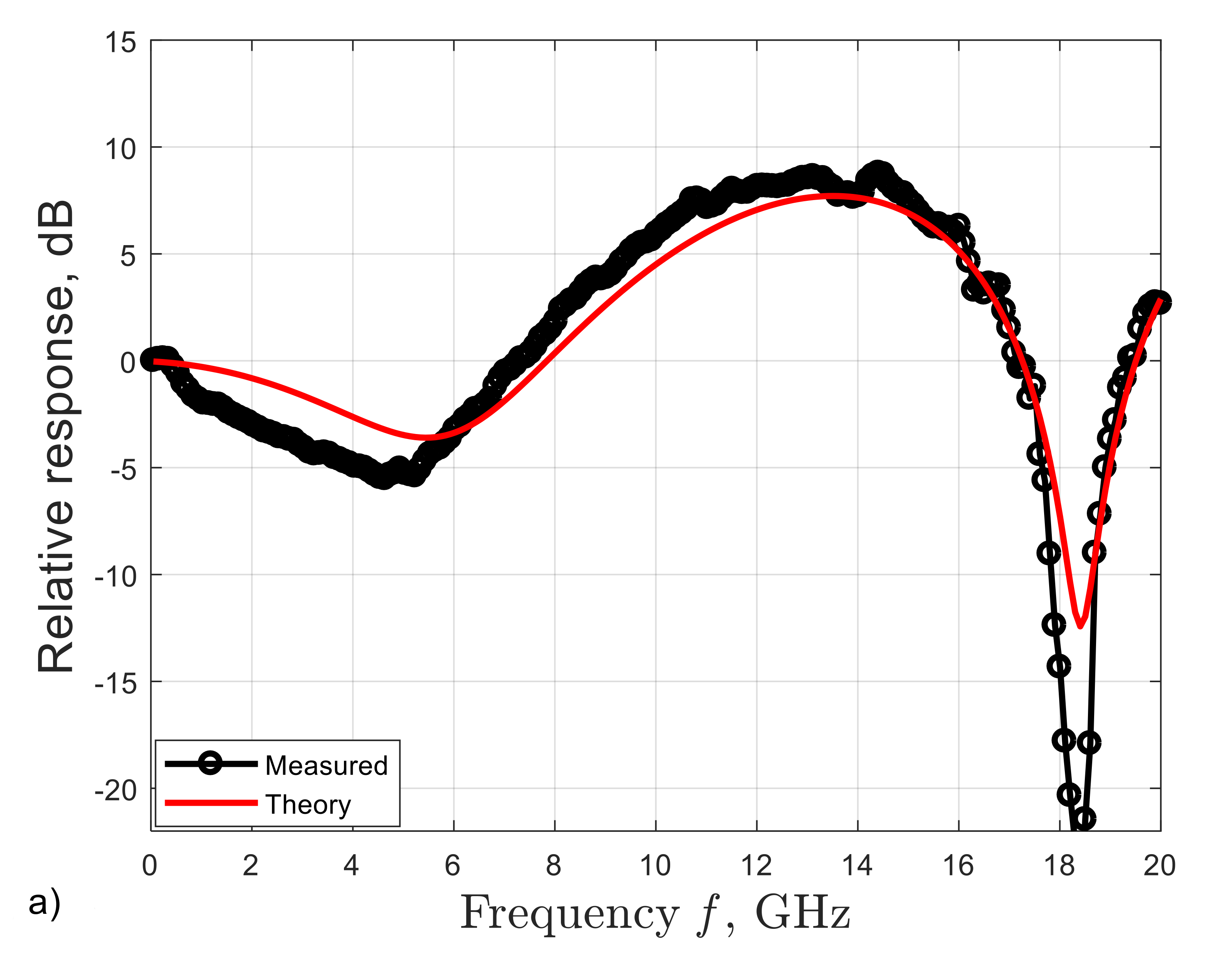
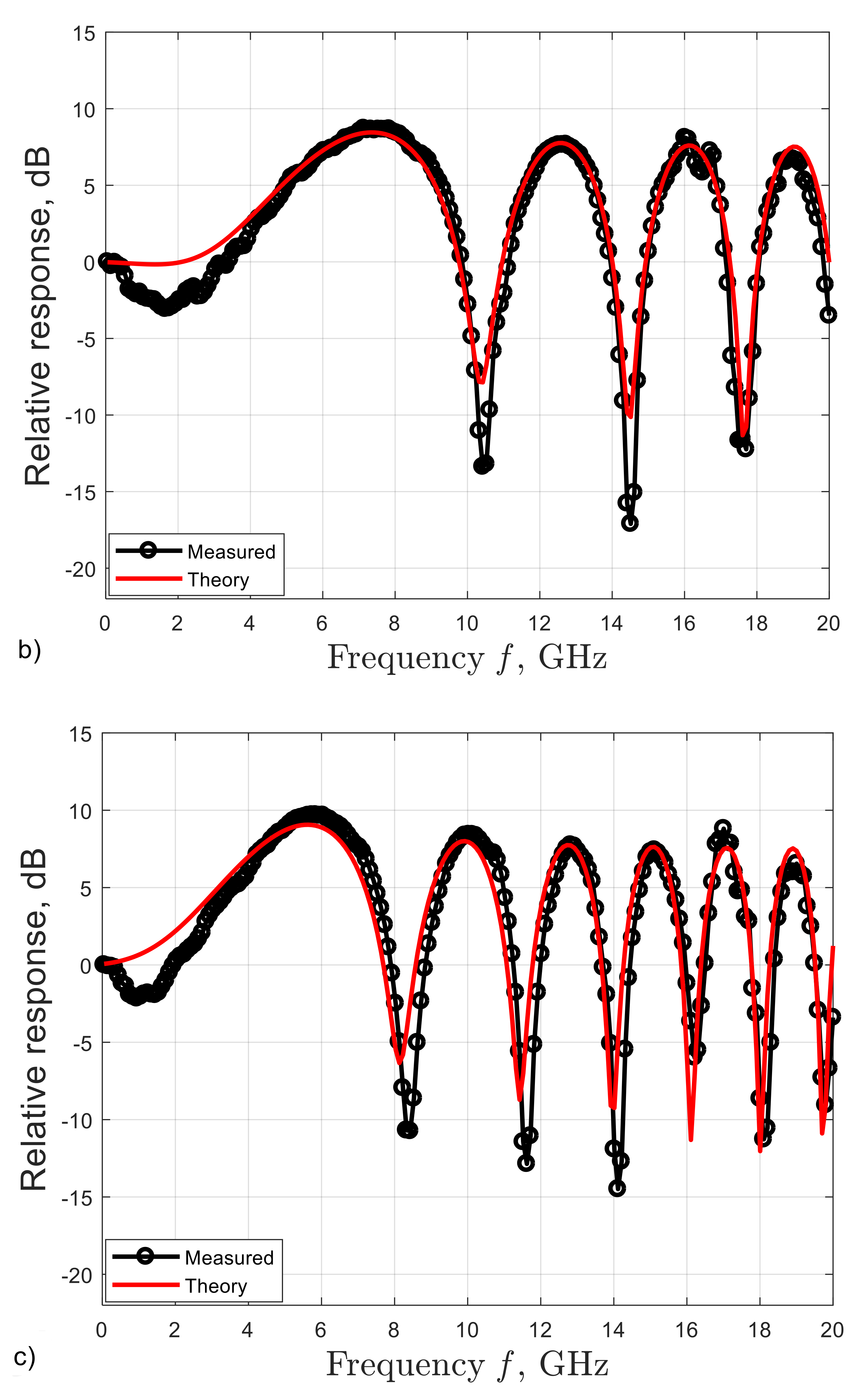
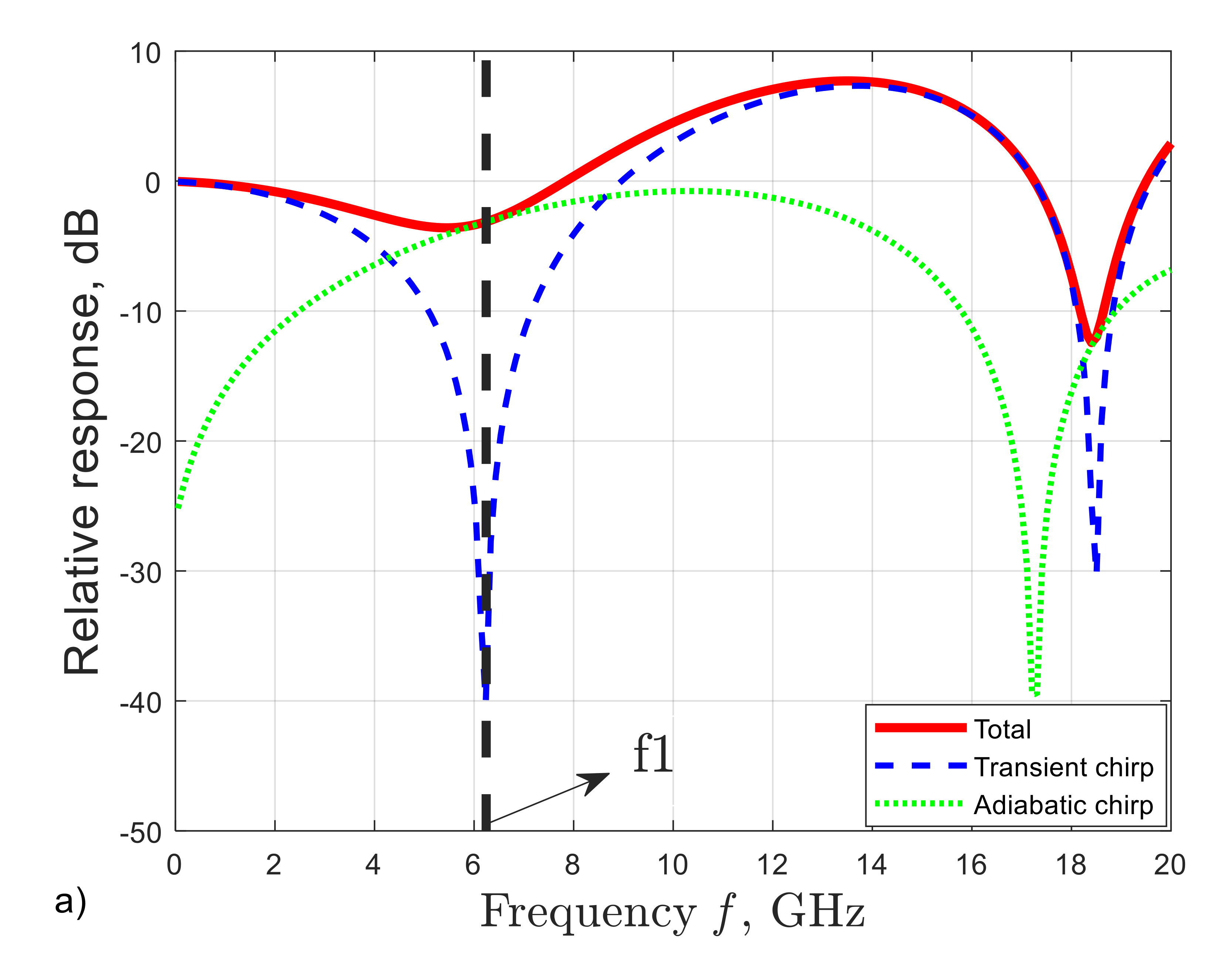
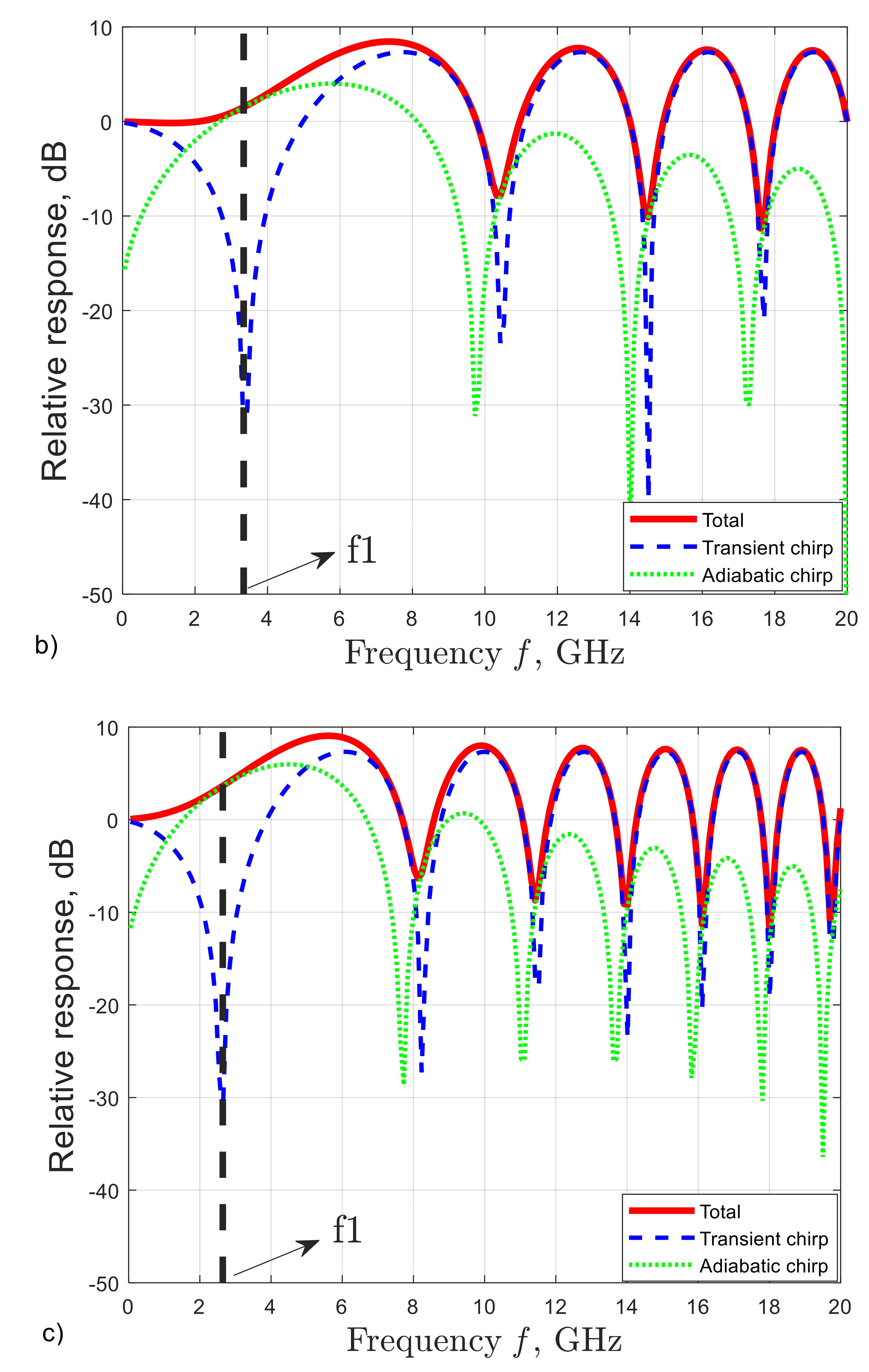
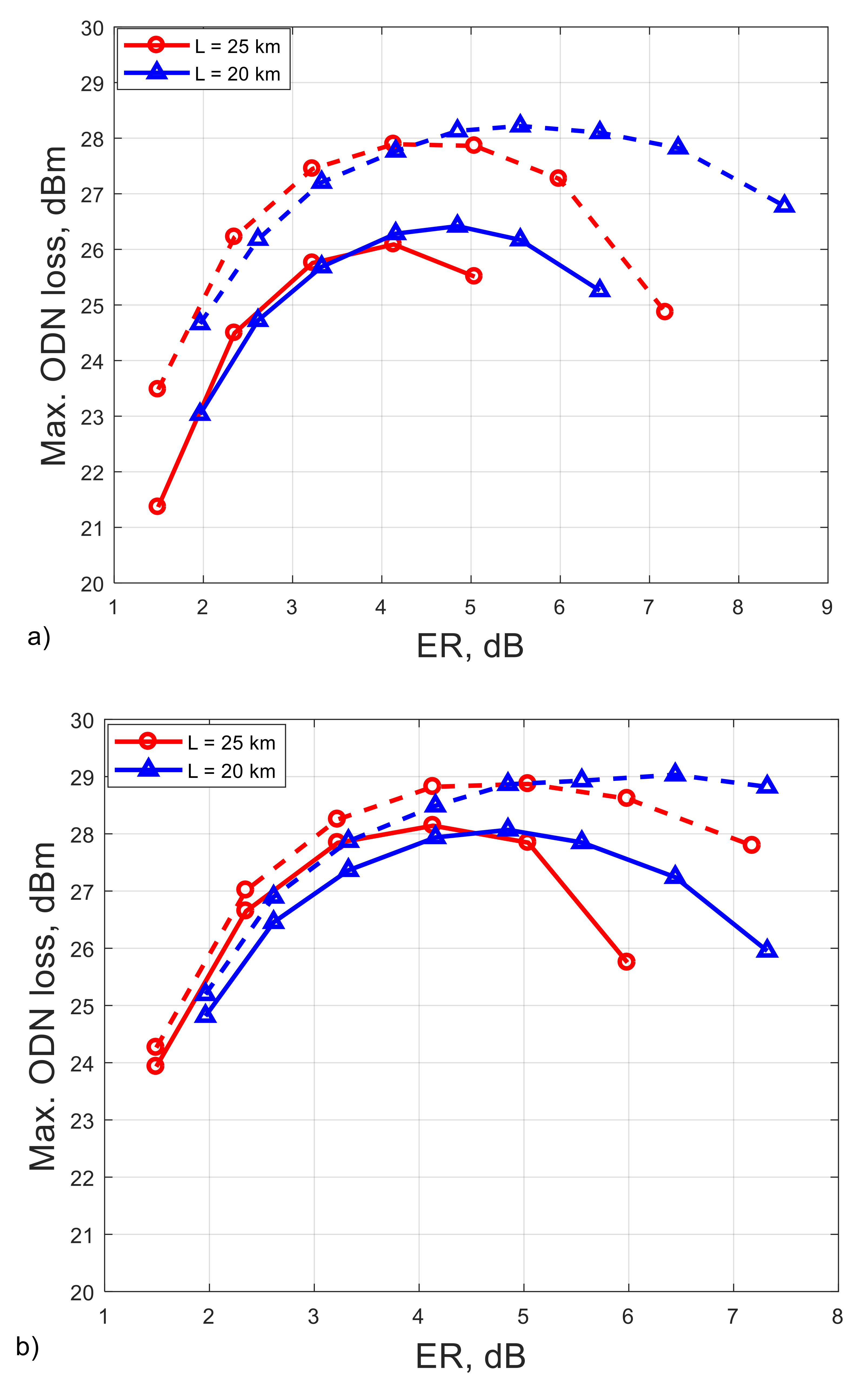

Publisher’s Note: MDPI stays neutral with regard to jurisdictional claims in published maps and institutional affiliations. |
© 2021 by the authors. Licensee MDPI, Basel, Switzerland. This article is an open access article distributed under the terms and conditions of the Creative Commons Attribution (CC BY) license (https://creativecommons.org/licenses/by/4.0/).
Share and Cite
Wang, H.; Torres-Ferrera, P.; Ferrero, V.; Gaudino, R. Experimental Study on 25 Gbps C-Band PON over up to 25 km SMF Using a 10G-Class DML + APD IM-DD System. Photonics 2021, 8, 328. https://doi.org/10.3390/photonics8080328
Wang H, Torres-Ferrera P, Ferrero V, Gaudino R. Experimental Study on 25 Gbps C-Band PON over up to 25 km SMF Using a 10G-Class DML + APD IM-DD System. Photonics. 2021; 8(8):328. https://doi.org/10.3390/photonics8080328
Chicago/Turabian StyleWang, Haoyi, Pablo Torres-Ferrera, Valter Ferrero, and Roberto Gaudino. 2021. "Experimental Study on 25 Gbps C-Band PON over up to 25 km SMF Using a 10G-Class DML + APD IM-DD System" Photonics 8, no. 8: 328. https://doi.org/10.3390/photonics8080328
APA StyleWang, H., Torres-Ferrera, P., Ferrero, V., & Gaudino, R. (2021). Experimental Study on 25 Gbps C-Band PON over up to 25 km SMF Using a 10G-Class DML + APD IM-DD System. Photonics, 8(8), 328. https://doi.org/10.3390/photonics8080328




